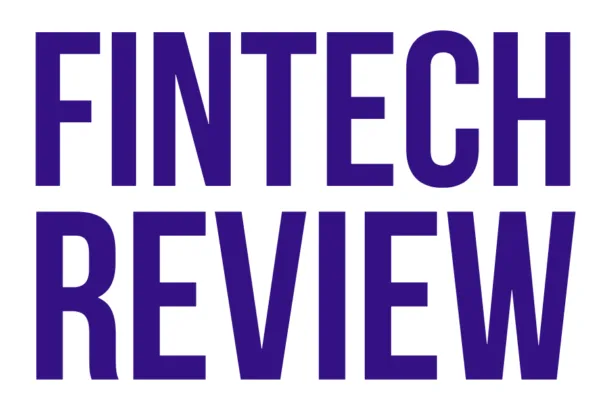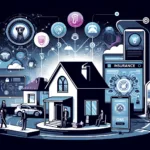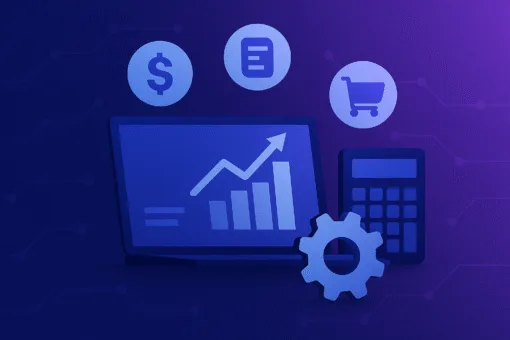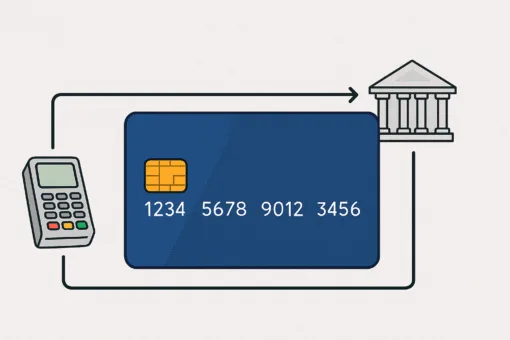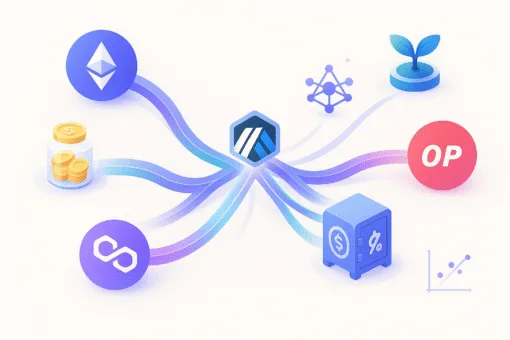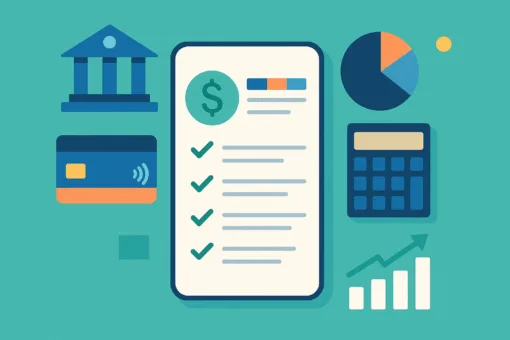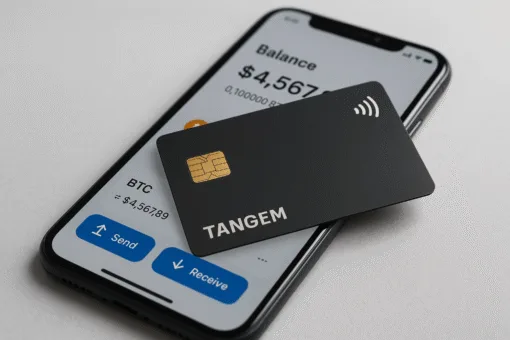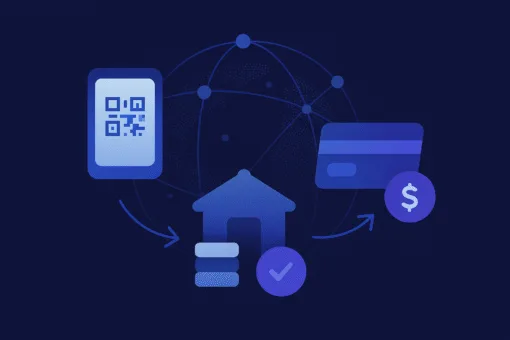The Internet of Things industry is rapidly expanding, and it offers individuals across the globe a variety of digital devices and sensors. The IoT (Internet of Things) is a network of internet-connected devices that collect and transmit information. It is transforming the banking industry by personalizing rewards and offerings, enhancing capacity management, collecting debt, and detecting fraud. There is a rapid mobilization and digitization in the banking service sector. Businesses are investigating the use of IoT in finance to leverage data and reduce the threats that are inherent in this industry. Banks use it to introduce new services, change their operational methods, and enhance the everyday client experience.
Easy deployment

IoT applications are becoming easier to design and deploy as governments continue to try and upgrade their countries’ current cellular networking infrastructure to improve communication speed and overall connectivity for their citizens and the development of services. Furthermore, modern communication technologies like 5G communication networks, which provide higher bandwidth and ultra-low latency, are enabling the use of communication systems and real time monitoring. It is allowing banks and financial institutions to provide real-time payment settlement systems.
An increase in demand for IoT applications, rising penetration of IoT-enabled wearables and smartphones propel the global IoT (Internet of Things) in the banking market. Meanwhile, we expect the evolution in the field of IoT and cloud technology to offer ample opportunities for the growth of the IoT in banking market throughout the forecast timeframe. According to a recent study conducted by Allied Market Research, the global Internet of Things (IoT) in the banking market is expected to portray the fastest CAGR during the forecast period. IoT devices and edge computing devices, for instance, are gaining traction in the global market due to their productivity enhancing and high throughput applications. Furthermore, a diverse range of vendors are manufacturing IoT devices. This is incresing the penetration of connected devices in the contemporary business environment.
How IoT is upgrading the banking industry?
Banks reward customers who use debit/credit cards or specific modes of payment with reward points that can be redeemed in particular ways. These rewards may not appeal to all types of customers, rendering these reward systems ineffective in the majority of cases. Using IoT-based intelligence, we can attract customers by rewarding them with relevant redeemable choices based on their shopping demographics and activity.
Infosys Limited, Cisco Systems, Inc., IBM Corporation, Accenture PLC, Microsoft Corporation are some of the key market players active in the IoT in the banking market. These market leaders are constantly incorporating strategies such as geographical expansion, agreements, collaborations, mergers and acquisitions, product portfolio expansion, and innovative product launches to upgrade their market position. For instance, India-based Bajaj Allianz General Insurance provides personal accident insurance based on IoT. It covers the children while they are traveling on a school-registered bus. We track the bus and schoolchildren using IoT. It is offering real-time location via GPS and beacons embedded in the children’s identity cards.
M&A Activity…

Moreover, a global strategy and management consulting company, Chappuis Halder & Cie, specializing in the financial services industry, was acquired by Capgemini in May 2022. With this acquisition, the company aimed to increase its comprehensive knowledge of the financial services sector. It is a crucial requirement to be able to advise and help its clients in the sector with their business transformation. On the other hand, Oddity, a digital marketing firm with offices in Germany, was successfully acquired by Infosys in April 2022. This acquisition strengthens the branding, creative, and experience design capabilities of Infosys. Along with its metaverse-ready set up in Europe, Oddity also brings to Infosys a comprehensive service portfolio. That includes brand communication and management that is centered on the in-house production services for AR/VR, e-commerce, digital space, and experience strategy.
Benefits of IoT in banking:
- Enhanced banking experience
- Efficient branch banking
- Enhanced consumer’s financial habits
- Expanded range of services beyond banking
- Improved credit card experience
Banks and financial institutions prioritize fraud prevention and are constantly investing in and seeking new ways to limit the misuse of their offers. Leading financial institutions, such as HSBC, have successfully implemented AI-based anti-fraud systems. With fraud prevention as a top priority, the Internet of Things will be a game changer in this field. Credit/debit card fraud can be avoided by installing IoT-enabled surveillance systems at points of use. For instance ATMs, that employ more secure and personal authorization techniques. Another way to avoid card misuse via IoT is to track the user’s mobile location as well as the location of card use before completing any transactions. Citigroup is experimenting with ATMs that use iris-scan technology to validate transactions.
Revolutionising banking experience
For lending institutions, debt collection from business borrowers and individuals necessitates significant overhead costs and effort. Using IoT networks and sensors to track debtor businesses’ supply chain operations and activity, FSIs can determine their willingness to pay without incurring the high overhead costs associated with cheque bouncing. We can use card readers, other point-of-sale devices, and an IoT network of ATMs to analyze a borrower’s spending and revenue to determine their intent and ability to repay. We can also restrict a defaulter’s future spending until they repay.

Banks are constantly striving to expand their network of branches and ATMs. While also maximizing the efficiency of the existing units. The average queue time can be calculated by using IoT-enabled monitoring to record the number of customer units per day to determine the optimal number of employees and counters at each branch. Using customer distribution data based on geography can also help to simplify decisions about new branches. We can use the same method to maximize the number and location of cash dispensers based on their usage.
IoT and Banking, it is only the beginning…
The Internet of Things has enormous potential and limitless applications. IoT is expanding the limits and opening new markets for Fintech companies. IoT data makes it easier for financial institutions to transition from traditional processes to modernized ones. For instance, Software AG acquired Stream Sets, a developer of application integration software and digital businesses. This acquisition aimed to further distinguish Software AG’s hybrid integration offering for clients while also fully complementing the company’s strategy for long-term, profitable growth in March 2022. Furthermore, Taulia, a leading supplier of working capital management solutions, was acquired by SAP SE. With this acquisition on board, Taulia now operates within the SAP Group as an independent company with its own brand.
The IoT in the banking market is expected to grow significantly in the coming years. That is due to increased demand for digital banking services and the need for advanced security measures. Banks can provide a more personalized and convenient experience to customers. They can do so by allowing them to access their accounts and perform transactions from anywhere at any time using IoT technology.
One of the most important advantages of IoT technology in banking is the ability to track customer behavior in real-time. We can use this information to improve customer engagement, product adoption, and the overall customer experience. Additionally, we can use Internet of Things devices to detect and prevent fraud. Thereby lowering the risk of financial loss for both banks and customers.
Overall, the Internet of Things in the Banking Market has the potential to transform the banking industry. It can provide customers with a more seamless and personalized experience while also improving efficiency and lowering costs.
Author Bio
Gayatri Mohite is an emerging author who loves to explore new things. An addiction to reading motivates her to write. She also loves to sing, travel, and cook. A fresher who is constantly upgrading her skills has embarked on a new journey to touch up her expertise even more.
